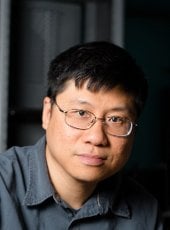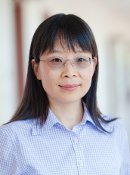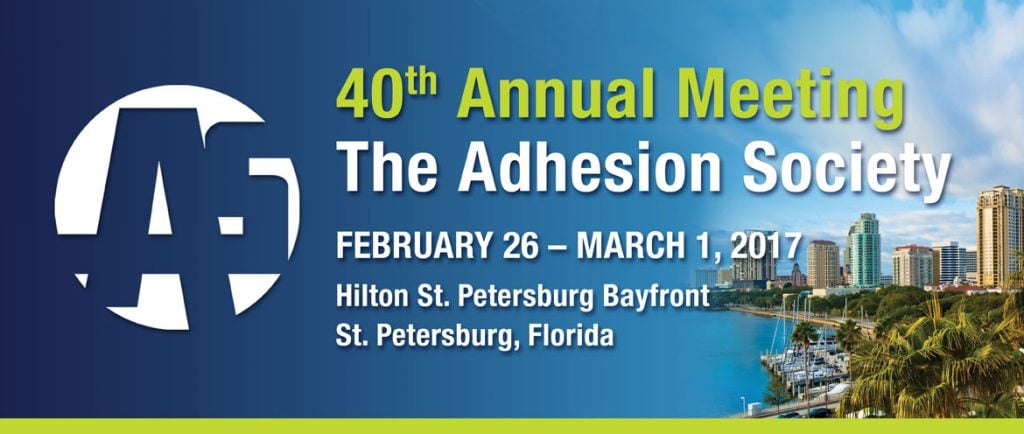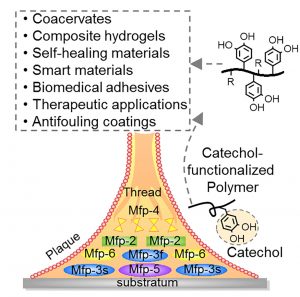
Keat Ghee Ong (Bio Med/LSTI) is the principal investigator on a project that has received a $20,000 research and development grant from Georgia Tech. The project is titled. “Implementation of a Wireless Sensor System for Monitoring Mechanical Loadings at the Internal Fixation Plates of Rats with Segmental Bone Defects.” This is a one-year project.
By Sponsored Programs.
Ong is an Associate Professor in Biomedical Engineering, the Portage Health Foundation Endowed Professor of Technological Innovations in Health, and an Affiliated Associate Professor in Electrical and Computer Engineering.







